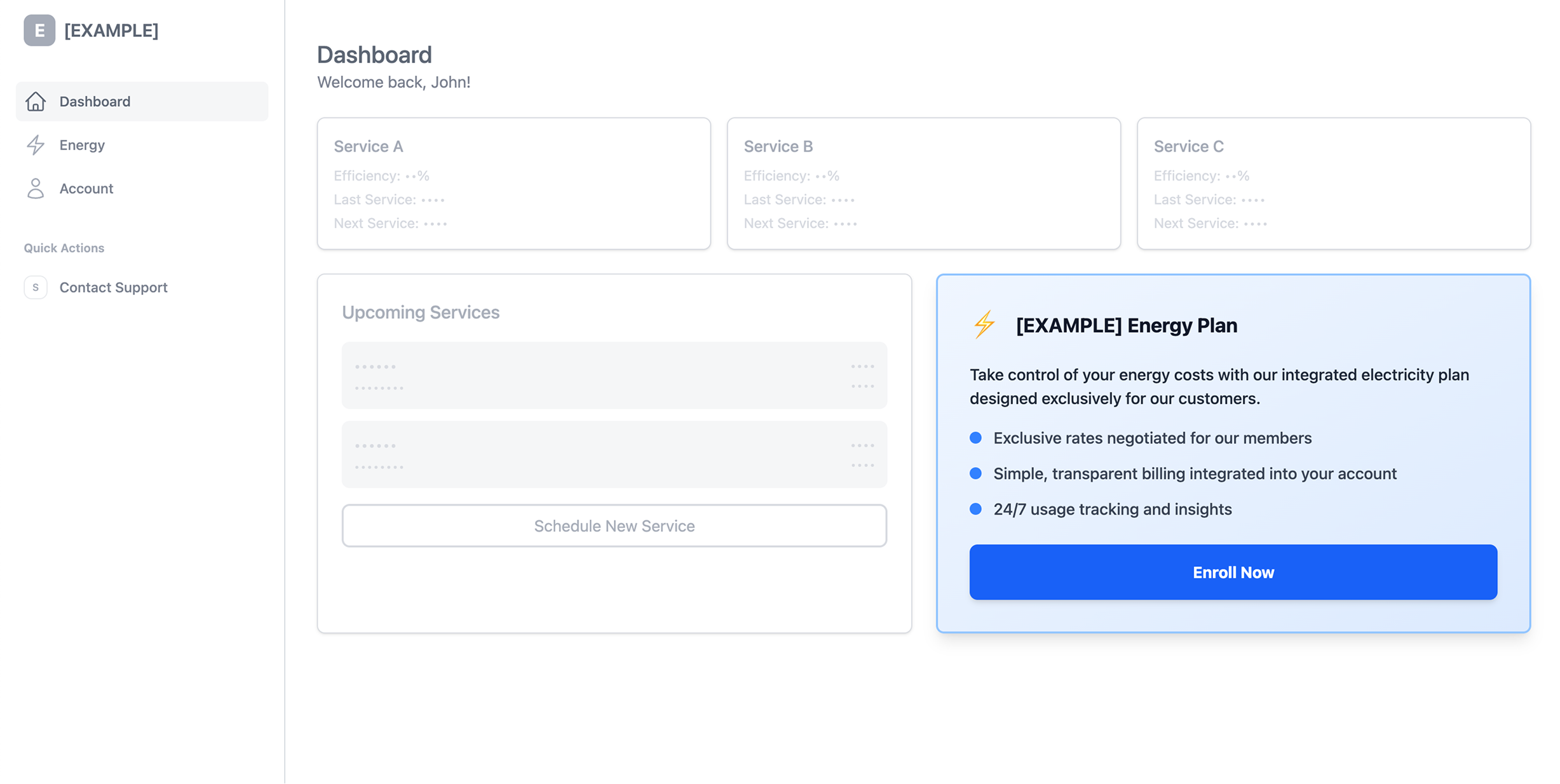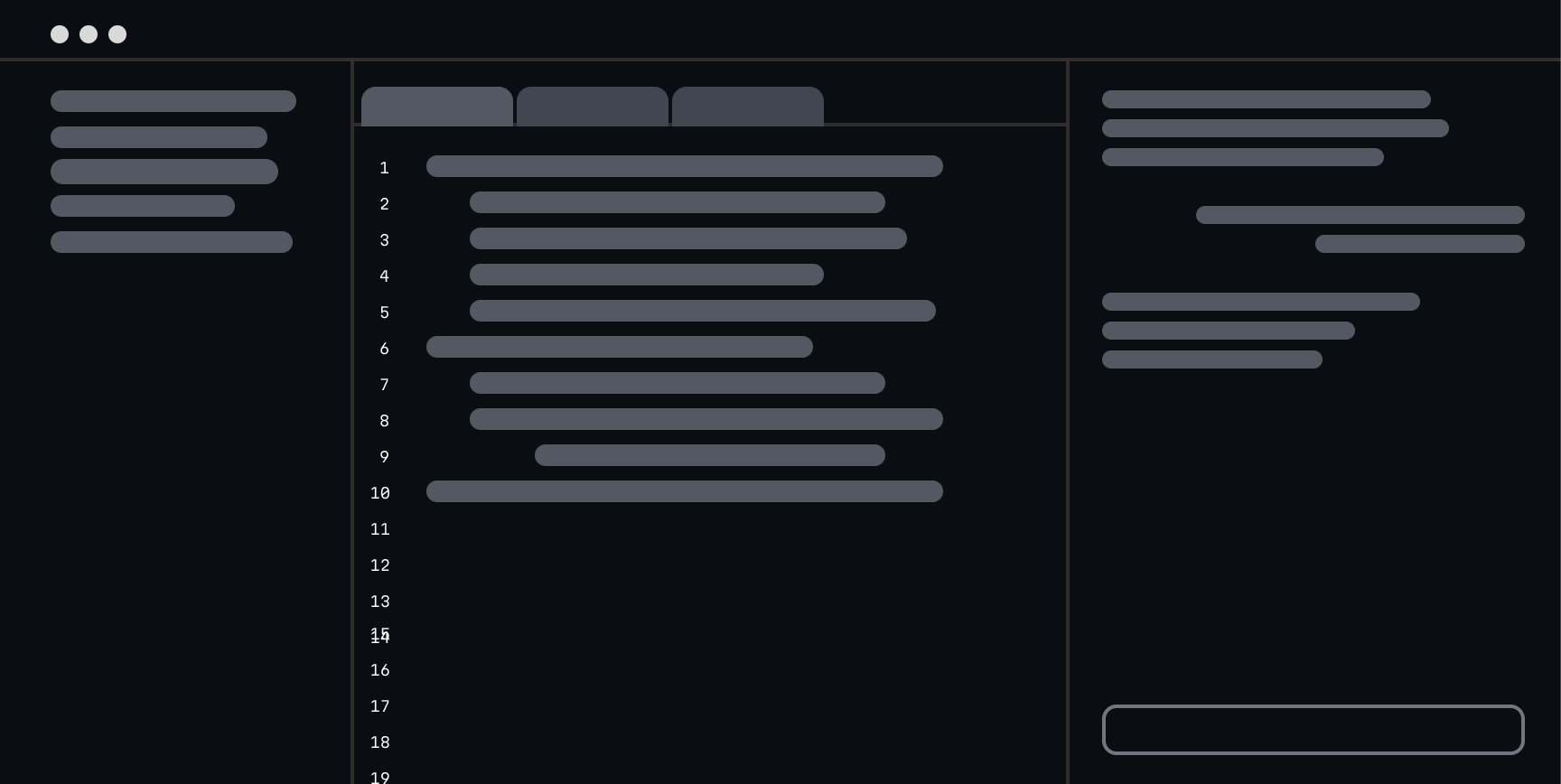Power the world with your electric code
Light's platform lets you deliver grid electricity to a customer's home. Here you'll find all of the resources to make that happen.
Solutions
APIs
Make a bespoke experience using your own UI and our endpoints. There are two APIs available:
App API
All endpoints that just need authorization with your app, like getting a user or plan details.
Account API
Endpoints that need user auth to complete actions on their behalf, like enrolling in a plan.
Embedded flows
Add already prepared UI flows as modals to your existing user journey. Embedded flows can be launched from your web or mobile app to fulfill experiences like Enrollment or Billing.
Dashboard
Manage your apps, tokens, and more within our dashboard. Also use the dashboard to test sandbox users.
Webhooks
Avoid the need for constant polling by receiving real-time notifications about events in the Light platform.
No-code web app
On a deadline? We also have a prebuilt app that you can white-label with no code to get started.
Reach out for details.
Entities
Apps
An application or integration built on Light
Accounts
A prospective or active electricity customer
Locations
The physical address where electricity is used
Plans
Your electricity rate plans available to consumers
Invoices
Billing statements for electricity use over time
Resources
Quickstart
Go from 0 to 1.21 gigawatts in 30 minutes. This tutorial will have you set up your sandbox app, enrolling test users, and verify their enrollment.
Guides
Our guides cover each experience your customers will expect from a power company, from enrollment to contract renewal.
API reference
Our APIs are split between the app that the plans are run on and the accounts your customers hold within the app.
Example app
Are you a hands-on learner? We have all of the experiences coded in a React/Next.js app so you can see how it all works together.

Teach your AI how to code with Light
Using AI to code? Provide your coding agent a link to our LLMs.txt or paste the file into your AI's context to get help developing.
